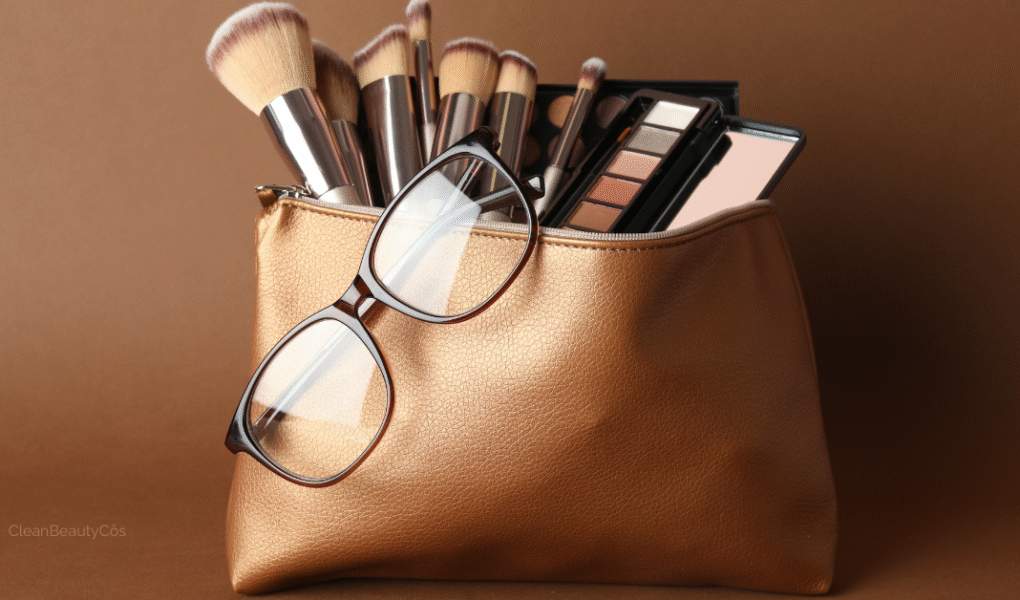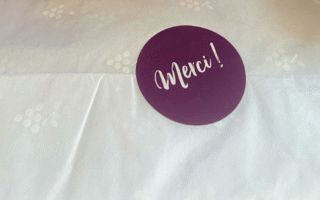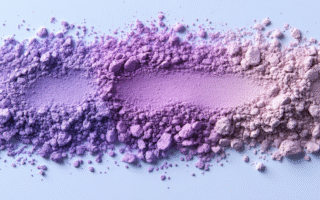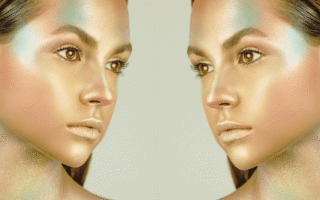How Clean Are Your Clean Beauty Products?
Clean beauty promises transparency, safer ingredients, and formulations free from some of the harsh preservatives found in conventional products. But what about the hidden side of “clean”? Without preservatives like parabens, products can sometimes be more vulnerable to contamination — especially once opened, shared, or applied with damp tools. And here’s the uncomfortable truth: most beauty products, clean or not, are teeming with bacteria long before they hit the trash.
Read the full study here
Shelf Life & U.S. Regulations
Unlike the European Union, which requires clear “period after opening” (PAO) symbols on cosmetics, the United States does not mandate expiration dates on beauty products. That means it’s largely up to the consumer to track how long a product has been open — and when it might no longer be safe to use. Even if a formula looks and smells fine, microbial growth may be invisible.
How Long to Keep Products
- Mascaras & liquid eyeliners: 3–6 months. These are prone to bacterial contamination due to repeated contact with eyes and lashes.
- Foundations & liquid products: 6–12 months. Products that touch the skin directly or use pump/dropper applicators can spoil more quickly.
- Lipsticks & glosses: Up to 12 months. But toss sooner if texture, smell, or taste changes.
- Powders: 1–2 years. Lower water content makes them less susceptible, though brushes and sponges can transfer bacteria.
- Beauty blenders & sponges: Replace every 1–3 months, and wash thoroughly at least once a week.
Cleaning Practices That Matter
The products themselves are only half the story — the tools we use can be even bigger culprits. Brushes, sponges, and even fingertips are vehicles for bacteria. A few helpful practices:
- Wash makeup brushes weekly with gentle soap or a brush cleanser.
- Clean beauty blenders after each use and allow them to dry completely in open air.
- Avoid storing damp tools in closed containers, where bacteria thrive.
- Never share eye makeup, lip products, or complexion sponges.
Preservatives That Keep Clean Beauty Products Safe
Even clean beauty products often require preservatives to prevent bacteria, yeast, and mold from growing. Some commonly used preservatives include:
- Phenoxyethanol: Broad-spectrum antimicrobial, often paired with ethylhexylglycerin.
- Ethylhexylglycerin: Boosts preservative efficacy and has mild antimicrobial properties.
- Sodium benzoate & Potassium sorbate: Food-grade preservatives that inhibit yeast and bacteria in water-based products.
- Benzyl alcohol: Naturally occurring antimicrobial, accepted in many clean formulations.
- Caprylyl glycol: Hydrating + antimicrobial, often used in combination with other preservatives.
Note: “Clean” doesn’t mean preservative-free — it usually means avoiding parabens, formaldehyde releasers, and certain synthetic chemicals. Products without preservatives can spoil more quickly, especially water-based formulas.
Finding the Right Balance
Critics of clean beauty sometimes argue that avoiding strong preservatives can increase the risk of mold or bacterial contamination. Not all parabens are harmful — regulatory agencies in the U.S. and EU consider many common parabens safe at approved levels. Clean beauty brands can find balance by using milder, effective preservatives, hygienic packaging, and clear guidance on product shelf life and handling. Education, formulation, and design all work together to keep products both safe and appealing.



